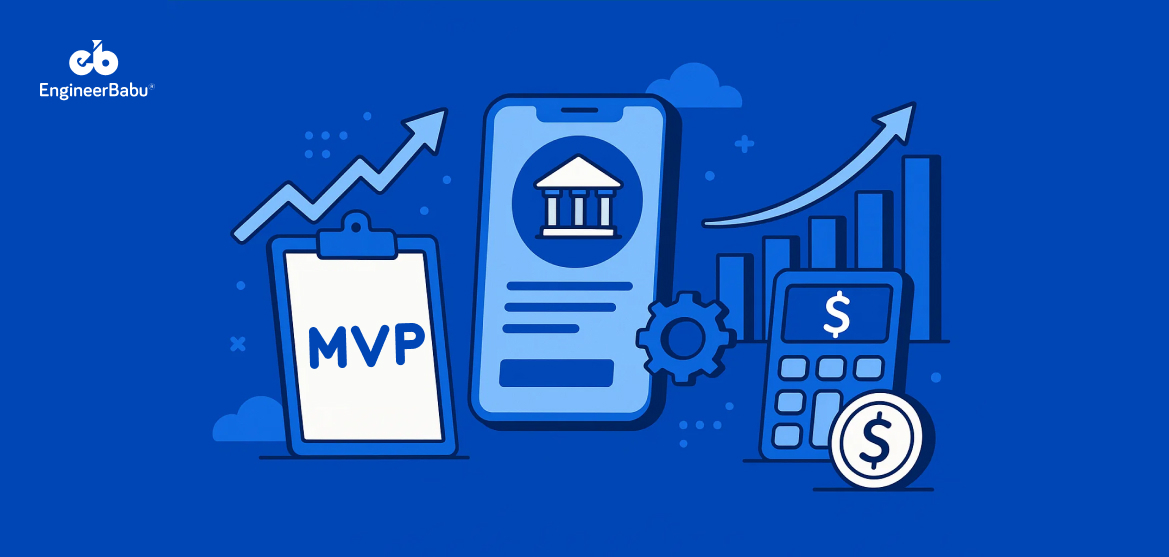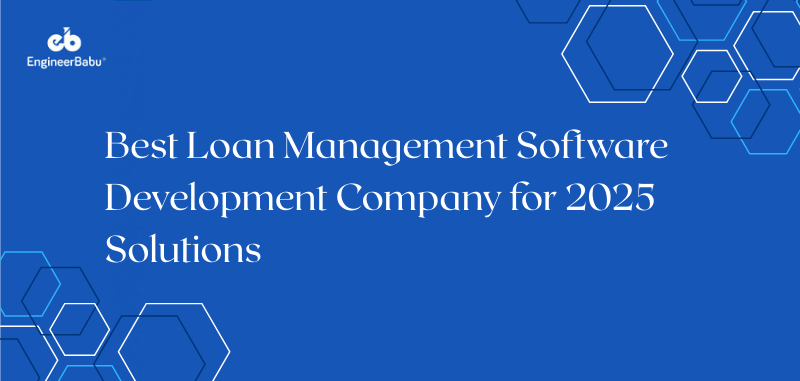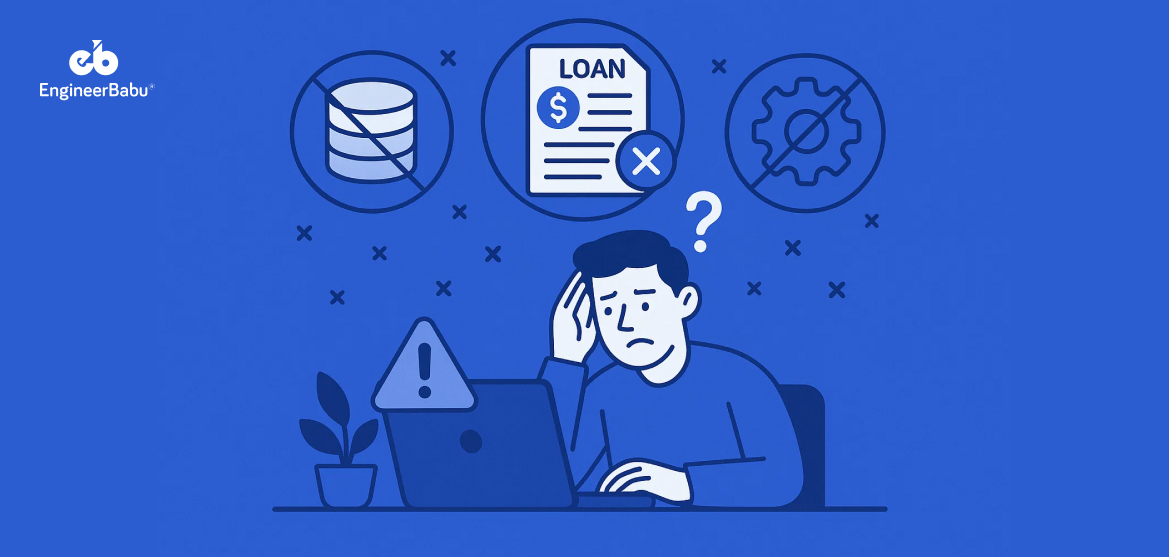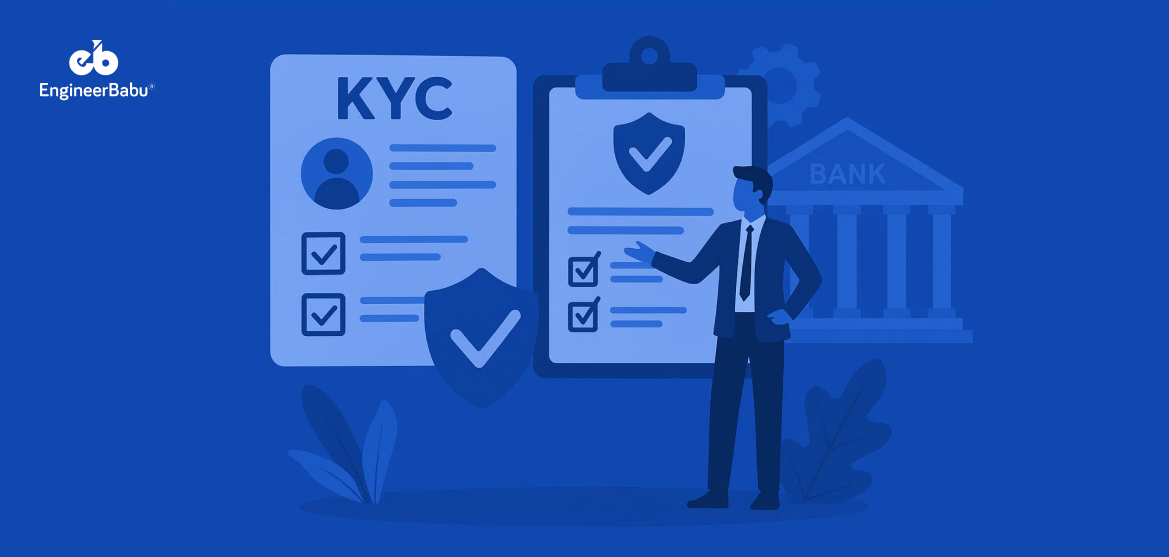Launching a fintech product without testing the waters is like investing blindfolded, you might strike gold, or you might burn millions. That’s why most successful fintech startups begin with a Fintech MVP. It is a lean version of their product that proves the concept, validates demand, and builds trust with early adopters.
As we all know, the stakes are high in fintech. From regulatory compliance to data security, every wrong move is costly. Yet, speed matters too. Shockingly, 75% of venture-backed fintech startups fail to return investor capital.
Thus, highlighting just how essential it is to launch lean, validate quickly, and conserve resources.
We can think of it as building the “minimum bank” before scaling into a full-fledged financial institution. With a Fintech MVP, you can launch fast, test your assumptions, and secure investor confidence. That too, without draining your budget or drowning in unnecessary features.
Let’s learn more about Fintech MVP and how to build one.
What is a Fintech MVP?
A Fintech MVP is the simplest, functional version of a financial product that solves a core problem for users while keeping development costs and risks low. Instead of launching a full-scale digital bank or investment platform from day one, startups build an MVP to validate their concept with essential features. This includes:
- Account creation,
- Secure transactions, and
- Compliance checks.
What makes a mvp fintech different from MVPs in other industries is the heavy emphasis on regulatory compliance, data security, and trust. Users are trusting you with their money, which means even the leanest version of your product must have robust KYC (Know Your Customer), AML (Anti-Money Laundering), and encryption measures in place.
In short, it’s about launching the smallest version of your fintech idea that is secure, compliant, and valuable enough to attract early adopters and investors.
Why Start with a Fintech MVP?
Building a fintech product isn’t just about writing code, it’s about earning user trust, navigating regulations, and proving market demand. Jumping straight into a full-scale launch often leads to wasted resources and higher risks. That’s where a Fintech MVP becomes the smartest starting point.
Here’s why starting lean pays off:
- Reduces Risk in a Regulated Industry
Financial services are one of the most heavily regulated sectors. An MVP helps you test compliance requirements step by step, instead of making costly mistakes at scale. - Validates Market Demand Quickly
Instead of guessing what users want, an MVP puts a real product in their hands. Their behaviour and feedback guide your next development cycle. - Secures Investor Confidence
Investors are far more likely to fund a fintech startup with a working prototype and early traction than just an idea on paper. - Conserves Capital
A Fintech MVP limits unnecessary feature development. Thus, allowing you to focus budget and time on core functionality that matters most. - Proves Scalability Potential
By testing a small version of your product, you can demonstrate how the model can grow into a full-fledged platform. That too, without committing upfront to massive infrastructure.
Essential Features of a Fintech MVP
Before scaling into a full-fledged financial platform, your product must cover a few critical areas. These features form the foundation of a secure, user-friendly, and compliant Fintech MVP. Thus, ensuring both customer trust and market acceptance from the very beginning.
Core Banking and Payment Functions
At the heart of any fintech product lies its ability to handle money seamlessly. Essential functions such as account creation, deposits, withdrawals, and peer-to-peer transfers form the backbone. Without these basics, users can’t experience the true value of your idea. This is where professional MVP development services help prioritise only the most critical functionalities.
Security and Compliance Modules
Unlike other industries, fintech demands airtight safeguards. KYC (Know Your Customer) and AML (Anti-Money Laundering) protocols, along with encryption and two-factor authentication, aren’t optional, they’re mandatory. These layers not only protect users but also keep you aligned with global regulatory standards, making your fintech MVP trustworthy from day one.
Intuitive User Experience
A financial product should never overwhelm users. Smooth onboarding, clear navigation, and transparent dashboards build confidence and encourage repeat usage. Even at the MVP stage, user experience can make or break adoption. A well-designed interface assures that people understand your solution’s value without the friction of learning curves.
Notifications and Alerts
Let’s talk about real-time updates now. They keep customers informed about transactions, payments, and security activities. Alerts enhance transparency while fostering trust between your platform and its users. Adding push notifications and email updates to your MVP creates an early sense of reliability. It is a factor that often influences whether users stick around or switch to alternatives.
Optional Advanced Capabilities
Last but not least, not every feature needs to exist in version one. More complex functions like AI-driven financial insights, automated investment portfolios, or third-party API integrations can wait. However, planning the architecture with scalability in mind ensures that your product grows seamlessly when demand rises.
Must vs Must Not Features When Building a Fintech MVP
| Must | Must Not |
| Implement strong KYC, AML, and encryption from day one | Ignore compliance until later stages |
| Keep features minimal but impactful for the first launch | Overload MVP with advanced, unnecessary functions |
| Focus on a simple, intuitive user experience | Design complex interfaces that confuse early adopters |
| Build a scalable architecture for future features | Lock yourself into rigid, short-term tech stacks |
| Gather feedback from real users early | Rely only on internal assumptions or market guesswork |
What is the Timeline to Build a Fintech MVP
Speed matters in fintech, but so does precision. Launching too fast without the right groundwork can be just as risky as taking too long and missing the market opportunity. The following timeline shows how a Fintech MVP typically evolves from an idea to a working product that’s ready for early adopters.
Stage 1: Discovery & Research (2–4 Weeks)
This phase sets the foundation. Teams work on defining product goals, mapping user personas, and conducting regulatory checks. For fintech, it also involves analysing compliance frameworks like PCI DSS Compliance, GDPR, or RBI guidelines, depending on the region. By the end of this stage, you’ll have a clear roadmap backed by market validation.
Stage 2: UX/UI Design (3–5 Weeks)
Wireframes and clickable prototypes are created to visualise the product experience. A fintech MVP needs more than just good design, it must build trust. Here, expert UI UX designers create transparent dashboards, easy onboarding functions, and frictionless flows. These are then tested with mock users to confirm usability before moving into development.
Stage 3: Development (8–12 Weeks)
Core functionality, backend systems, and security protocols are built. Payment gateways, encryption, and compliance modules are prioritised while keeping the architecture scalable. Furthermore, using agile methodology, developers deliver iterative builds so stakeholders can track progress. This is where most costs and time are invested.
Stage 4: Testing & Quality Assurance (3–4 Weeks)
Security and compliance testing dominate this stage. From penetration tests to user acceptance testing, every feature is evaluated to ensure reliability under real-world conditions. Fintech products can’t afford glitches, therefore, QA engineers ensure your MVP meets the minimum benchmark for trust and performance.
Stage 5: Launch & Feedback (1–2 Weeks)
Once stable, the MVP is soft-launched to a limited audience. Feedback is collected on usability, feature relevance, and reliability. Instead of rolling out advanced upgrades right away, teams analyse this feedback to prioritise the next phase of development. Thus, keeping the Fintech MVP lean but impactful.
Total Time: 4 to 8 Months or less if you decide to work with a professional fintech software development company.
Cost of Building a Fintech MVP
The cost of developing a Fintech MVP isn’t fixed, it depends on multiple moving parts. Unlike generic software products, fintech solutions demand higher attention to security, compliance, and user trust, which directly influence the budget.
Development Team Location
Where your team is based significantly impacts expenses. Hiring developers in North America or Europe usually comes at a premium, while hiring remote developers from regions like India or Eastern Europe allows startups to access the same expertise at a more competitive rate.
Complexity of Features
The scope of your initial release plays a huge role. An MVP with just payment transfers, account handling, and account management will cost less than one with AI-driven analytics, investment analysis, or a P2P payment app. Visit here if you want to learn how to build a P2P payment app.
Technology Stack
Your choice of technologies, whether it’s native mobile app development, cross-platform frameworks, or cloud-native architectures, affects timelines and overall cost. Scalable, flexible stacks like NodeJS or Python are often recommended so you can expand without rebuilding core systems.
Compliance and Security Requirements
A fintech product must pass through strict regulations like KYC, AML, GDPR, or local financial authority guidelines. Each layer of compliance adds to the effort. As a result, this makes security and legal alignment one of the largest cost drivers.
Third-Party Integrations
APIs for payments, identity verification, fraud detection, and banking services save time but also add licensing and integration expenses. Moreover, selecting the best fintech APIs further increases the cost but confirms that your MVP is secure and scalable. So, choosing only essential integrations at the MVP stage helps keep the budget in control.
Ongoing Maintenance
Costs don’t end with launch. Regular security patches, compliance updates, and performance improvements are necessary to keep your Fintech MVP competitive and trustworthy. Many startups underestimate this phase, but ongoing maintenance is critical for growth.
Conclusion
In fintech, success is about building the most feature-packed product, plus building the right one at the right time. A Fintech MVP gives startups the perfect launchpad to validate their ideas, gain user trust, and scale responsibly without burning through resources.
By focusing on compliance, security, and user experience, founders can de-risk their journey and attract investor confidence.
If you’re looking for a trusted partner to turn your vision into reality, EngineerBabu brings years of experience in delivering fintech solutions that are secure, scalable, and future-ready.
Let’s help you hire dedicated fintech developers who can transform your MVP idea into a thriving product.
FAQs
Why should fintech startups begin with an MVP instead of a full product?
An MVP allows startups to validate their ideas, test compliance frameworks, and gather user feedback early without overspending on unnecessary features. It also helps identify whether the problem being solved is genuinely valuable for users. By starting small, founders can adapt quickly before investing in a full-scale product.
What’s the biggest challenge when building a fintech MVP?
The toughest challenge is balancing speed with compliance. Financial products must meet security and legal requirements, even at the MVP stage. Many startups underestimate how much time regulatory approval and data security implementation can add, which makes careful planning crucial.
Can a fintech MVP attract investors?
Yes. Investors are more likely to back startups that show real traction with a working MVP rather than just an idea on paper. A well-built prototype demonstrates execution capability and market potential, which increases investor confidence. It also helps secure better funding terms compared to pitching an untested concept.
Which features should always be included in a fintech MVP?
Essential features typically include account creation, payments, transaction history, KYC/AML compliance, and secure authentication protocols. These ensure trust, usability, and compliance from day one. Skipping them often leads to product rejection from both users and regulators.
How long does it usually take to build a fintech MVP?
Timelines vary based on complexity, but most fintech MVPs take a few months, moving from discovery and design to development, testing, and soft launch. Products with advanced integrations or AI-driven tools usually take longer. Partnering with experienced fintech development teams helps reduce bottlenecks and accelerates delivery.




